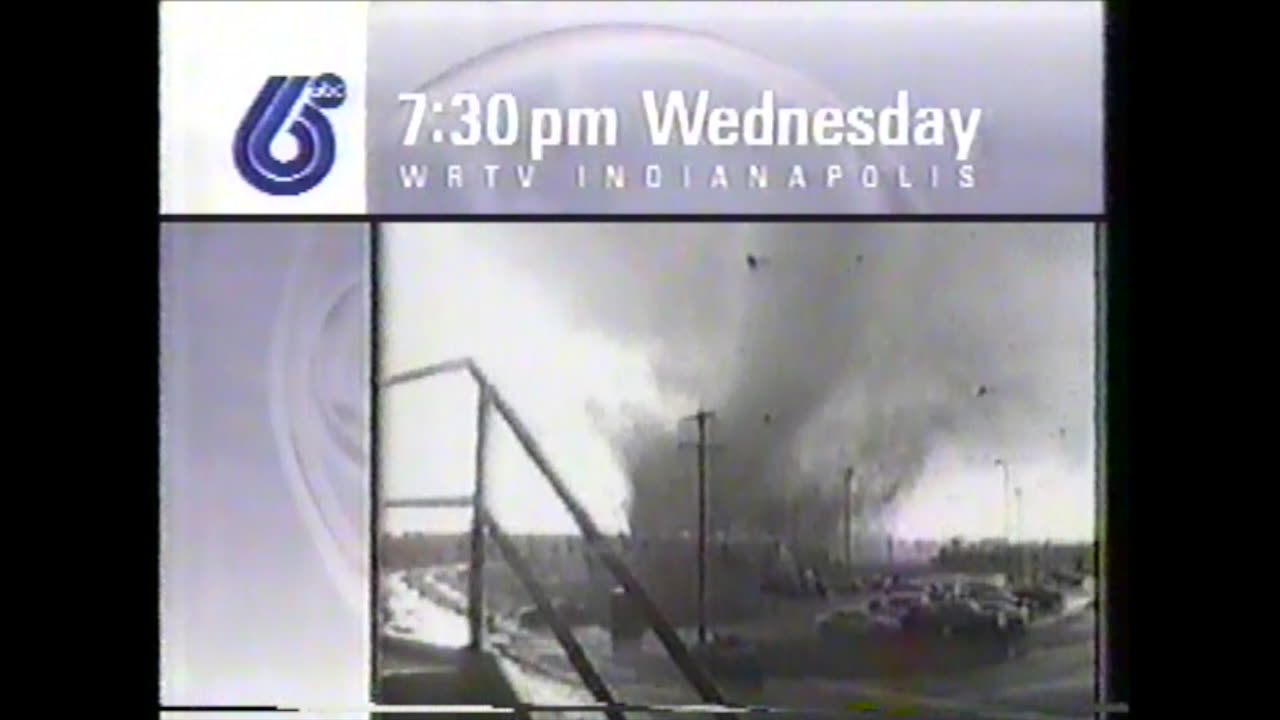
History of Basketball at Crispus Attucks High School in Indianapolis. Attucks became High School State Champs in 1955, 1956.
Includes:
James Adams, Host;
R.Dale Ogden, Historian;
Gilbert Taylor, Curator, Attucks Museum;
Hallie Bryant, Forward, 1951 Attucks Basketball Team;
Ray Crowe, Attucks Coach, 1950-1957;
Howard Caldwell, Journalist;
Bill Scott, Guard, 1955 Attucks Basketball Team;
Oscar Robertson, Guard, 1955 Attucks Team;
Phil Hoose, Author;
Vic Klinker, Center, 1956, Lafayette Jeff High School;
Ron Fisher, 1956, Lafayette Jeff High School;
Larry Pond, News Director;
James Adams, Co-Executive Producer;
John Dearth, Co-Executive Producer;
Mike Jensen, Photographer/Editor;
Brien Richmond, Photographer;
Steve Brenneman, Photographer;
Mark Barnack, Post Production;
Corky Aiken, Production Assistant;
Ron Brewer, Production Assistnat;
Kirk Preuschl, Graphic Design;
Maureen Nelson Faul
----------
Attucks Crowe and the “Big O”
Video (28:33)
(Notes by Bryce Gray, J470 Broadcast Media Analysis )
History of Basketball at Crispus Attucks High School in Indianapolis. Attucks became High School State Champs in 1955, 1956.
0.00: ABC Channel 6 Commercial
0.07: James Adams introduces the Crispus Attucks High School basketball program, holding his interview in Butler Fieldhouse. He describes the impact that the Crispus Attucks team has had on Indiana basketball since the 1950s.
1.04: Rolling footage of rural Indiana town, followed by footage of a basketball and varsity jacket while Adams describes the “lore” of basketball to the state as a whole.
1.47: Footage displayed of the Attucks basketball team, with Adams describing the team’s undefeated season in 1956, also covering the team’s origins in the 1920s.
2.22: Adams interviews historian Dale R. Ogden who describes the political power of the Klu Klux Klan in the 1920s, as he discusses figures like D.C. Stephenson, Ed Jackson, and the mayor of Indianapolis. This political environment resulted in heavy segregation within Indianapolis, and led to the creation of Crispus Attucks High School.
3.00: Attucks Museum Curator, Gilbert Taylor is interviewed as he describes the mentality of both the staff and the students at the school. 30 seconds
3.00: Incue: “In 1927…”
3.30: Outcue: “had to achieve”
Taylor talks about how the staff and students sought to both break existing barriers, and the level of confidence they had in their abilities despite the social climate.
3.31: Adams breaks down the IHSAA rules which prohibited the Attucks to play against all white schools between the 1920s and 1940s. He then covered the change in 1942 which permitted the team to play in the state tournament.
4.07: Interview with Hallie Bryant, former Attucks player from the 1951 team.
4.32: Interview with Ray Crowe, former teacher and coach for the Attucks between 1950 and 1957. Adams covers the concept of the “Dust Bowl” outdoor court.
5.15: Cut back to interview with Hallie Bryant. Bryant discusses how black players in the area were revolutionizing the game.
5.40: Cut back to the interview with Ogden, portraying the hateful rhetoric surrounding black basketball players at the time.
6.20: Interview with Howard Caldwell describing Ray Crowe’s performance and notability as a coach.
6.56: Adams describes the 1955 Attucks team which went on to win the state championship.
7.08: Interview with Bill Scott, a player from the 1955 team.
8.00: Interview with Oscar Robertson, a player from the 1955 team who describes the backlash that the team received from the Indianapolis community, including the police, to prevent the team from celebrating their championship. 55 seconds
8.00: Incue: “When I got older…”
8:55: Outcue: “Why should I ever forgive those people?”
Oscar talks about how he and his team were barred from enjoying the same rights to public space as the white members of the Indianapolis community, and how that experience has affected his relationship with the city as a whole.
11.36: Short biography on Ray Crowe’s upbringing and what led him to Crispus Attucks High School.
12.16: Interview with Ray Crowe describes his experience in integrated schools growing up, and interacting with white players in his playing days, as well as racist officiating.
14.40: Interview with author Phil Hoose about his interviews with the Attucks Athletic Director and the problems he endured to schedule games with teams.
15.56: Interview with Ray Crowe, talking about the transition from the 1955 season to the undefeated 1956 season.
16.35: Interview with Vic Klinker, a player for Lafayette Jefferson who played the Attucks in their final game of the season.
16.55: Interview with Ron Fisher, who explains the skill gap that the team experienced playing against the Attucks.
17.45: Footage of team lifting championship trophy, as Adams/Crowe talks about the lasting impact of the team’s success.
22.07: Interview with Oscar Robertson, as he discusses how the environment he grew up in made him a better man and player. Adams and Robertson describe Oscar’s career after high school.
26.58: Adams closes the program by covering the importance of Oscar Robertson, Ray Crowe, and the Attucks basketball program and high school.
28.00: Credits roll